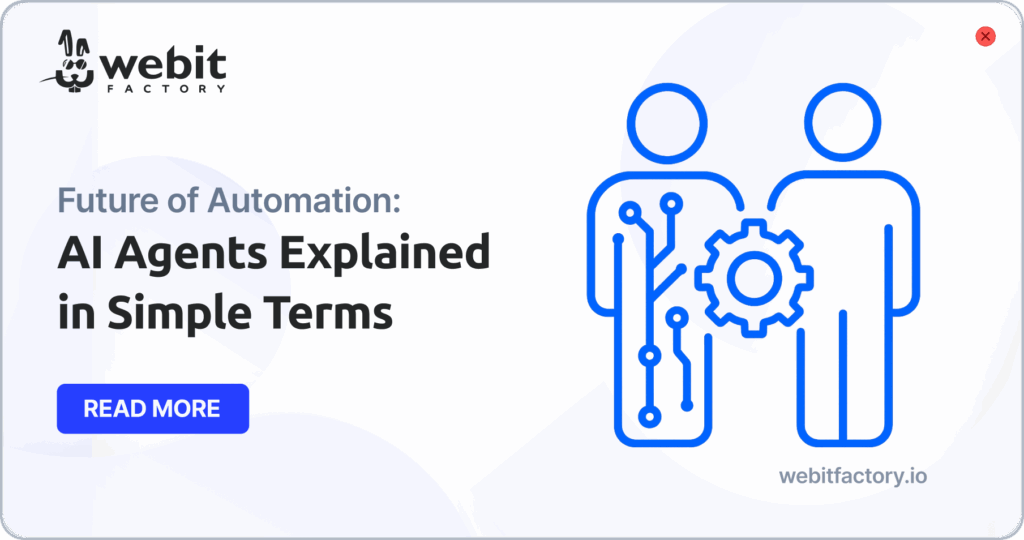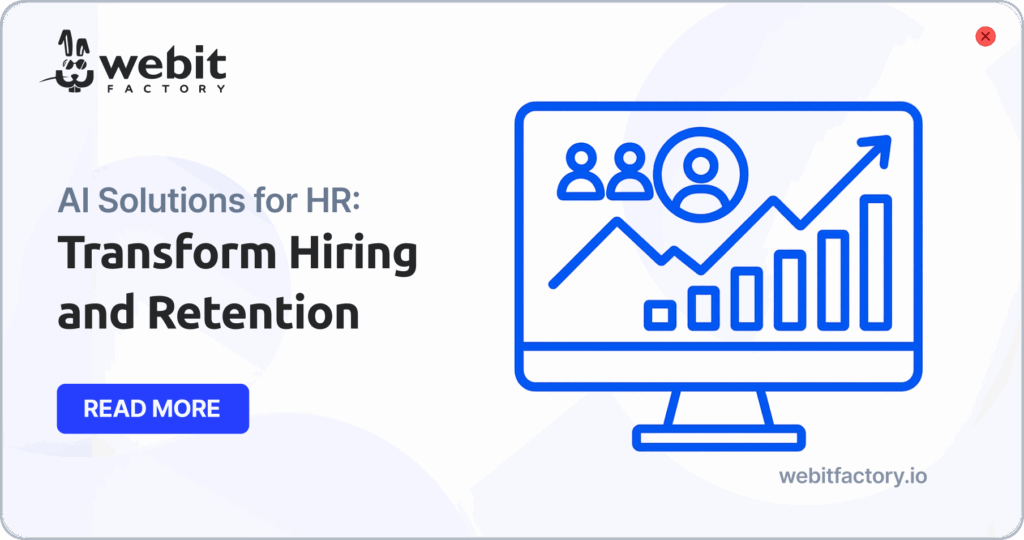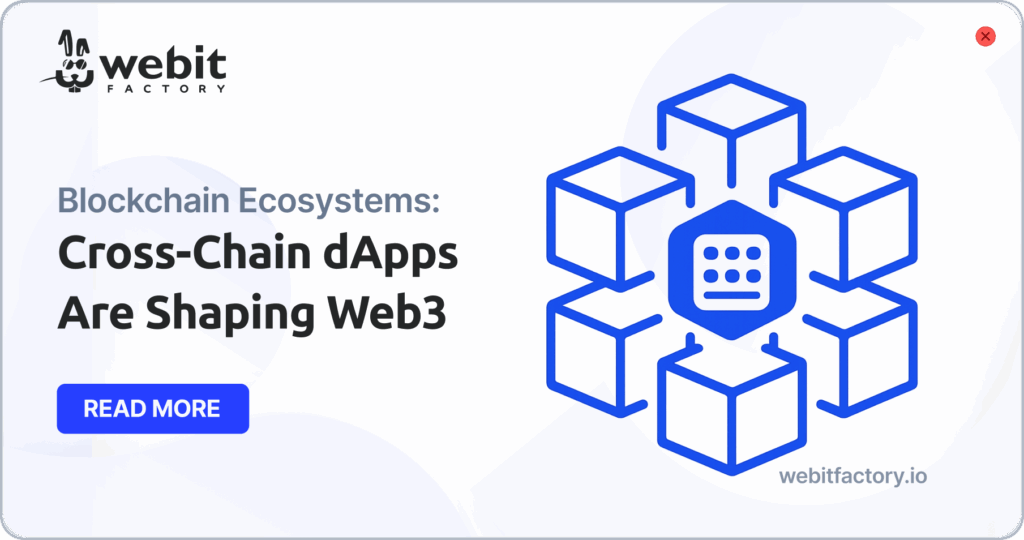AI trends in retail are shaping the future of shopping, logistics, and customer experience. As AI becomes more embedded in retail systems, brands are rethinking how they connect with consumers, manage their operations, and anticipate market shifts. In 2025, staying competitive means more than adopting tech tools. It means creating smarter, more responsive ecosystems powered by data and automation.
AI trends in retail changing in-store and online
Retailers are no longer guessing what customers want. With AI, they know.
According to Bain & Company, top brands using AI-powered personalization see up to 25% higher returns on ad spend thanks to tailored marketing efforts. This level of precision is made possible by machine learning models that build real-time customer profiles and generate on-demand content.
We’re also seeing marketplaces evolve. The Wall Street Journal explains that platforms like Etsy and eBay now mimic social media feeds, using AI to recommend products in a visually engaging, swipe-friendly format. These tactics improve product discovery and keep shoppers engaged longer.
AI personalization is not only about boosting sales. It’s about offering value, relevance, and trust at every touchpoint. Forbes notes this growing expectation from customers, while also raising ethical considerations businesses must weigh.

Key takeaways:
- Personalized campaigns drive ROI when powered by AI
- AI enables real-time content adjustments and shopping experiences
- Social-style interfaces are changing product discovery
Smarter inventory and supply chains are here
AI isn’t just about what’s in front of the customer. It’s also transforming what happens behind the scenes.
Retailers like Target and Unilever are relying on AI to improve inventory forecasts and reduce waste, a shift confirmed at the Manifest 2025 logistics conference. Real-time analysis and historical data make stock levels more predictable, especially for seasonal or fast-moving products.
The supply chain also faces new risks. Climate disruptions are making traditional logistics models unreliable. Manufacturers now use digital twins and AI to build flexible, climate-resilient operations.
And while AI helps navigate uncertainty, Forbes highlights that macroeconomic instability may still impact supply chains in 2025 despite better tools.
Predictive analytics now guides customer behavior
Retail predictive analytics is turning historical data into action.
According to Shopify, AI-powered analytics identify trends and customer preferences, helping retailers predict future buying behavior and make informed pricing decisions. Instead of reacting, retailers can now proactively serve customers.
Predictive tools help tailor marketing campaigns and even support hyper-local strategies by integrating browsing data with purchasing history. This goes beyond personalization: it becomes contextual relevance. The ROI on predictive retail models is now measurable, thanks to better inventory alignment and reduced operational inefficiencies.
Here’s where it counts:
Inventory levels match real-time demand
Prices reflect customer willingness to pay
Promotions are tailored to specific user groups
AI trends in retail and customer service
The customer service landscape is getting smarter, faster, and more human, with help from AI. Companies are seeing real results: AI assistants are shortening call times, increasing conversion rates, and reducing human error. They also equip agents with real-time insights, making it easier to personalize service and solve problems efficiently. This shift is about creating seamless, proactive experiences that feel tailored to each customer. AI can anticipate needs before customers even articulate them, surfacing relevant solutions or routing them to the right support faster than ever.
As expectations rise, especially among Gen Z shoppers who gravitate toward chat-based experiences, AI is stepping in to power loyalty programs and simplify returns. One report from Zendesk confirms these benefits, highlighting how AI boosts both customer satisfaction and agent productivity.
Where AI trends in retail are headed next
Looking beyond 2025, AI in retail will shift from support role to center stage.
AI is becoming the foundation of retail operations, unlocking hyper-personalized experiences and efficient backend workflows. We see emerging roles for AI agents: from automating invoice processing to managing reorders. These agents need adaptive reasoning and context awareness, marking a new frontier in AI use cases.

The National Retail Federation emphasizes that AI is transforming not just technology, but also strategy. Brands that integrate AI into decision-making processes will outpace those that treat it as a plug-in solution.
Expect to see:
Full AI integration into supply and demand planning
Smarter forecasting and autonomous purchasing
AI-powered decision hubs supporting business leadership
The most important AI trends in retail for 2025 are about personalization, prediction, automation, and resilience. Brands that succeed will be those who integrate AI into every layer of their operations, from store shelves to server rooms. Whether you’re refining a customer journey or navigating global disruptions, AI provides the tools to do it smarter and faster.
Curious about the future of retail?
Related Articles

AI Agents Explained in Simple Terms
Discover what AI agents are, how they work, and why intelligent agents are reshaping automation across industries.

AI Solutions for HR That Transform Hiring and Retention
AI solutions for HR are transforming hiring and retention with faster recruitment, better cultural fit, and lower turnover rates.

Cross-Chain dApps Are Shaping Web3
Cross-chain dApps are shaping Web3 by streamlining UX, improving contract monitoring, and bridging fragmented blockchain ecosystems.
